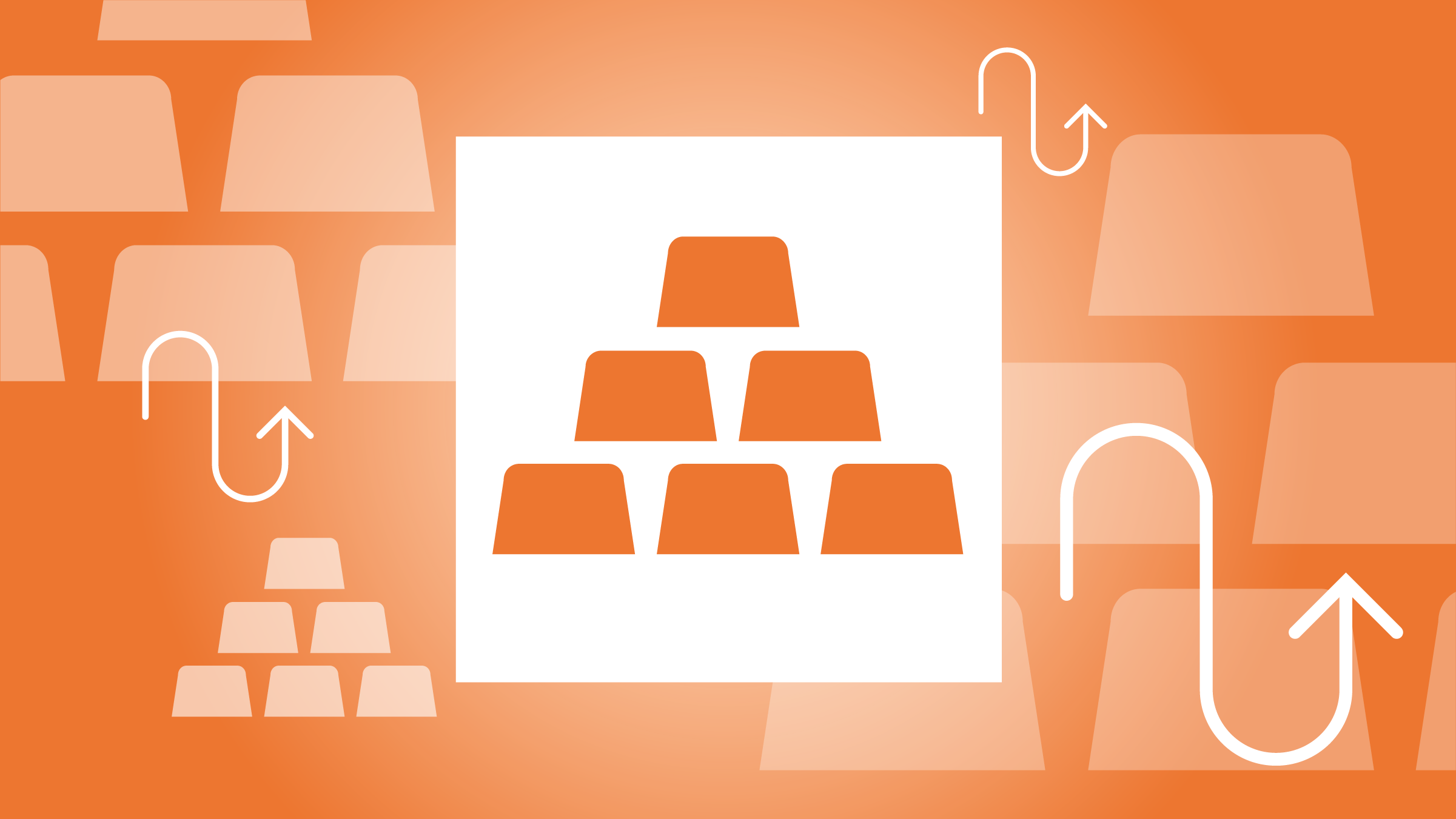
“Identity fraud is no longer confined to traditional financial products; it has percolated into many industries including the auto industry, posing significant challenges for lenders and consumers," says Carl Davies, head of fraud and identity for Equifax Canada.
Overall, fraud rates have slightly declined in 2023 compared with 2022. However, identity fraud is on the rise, reaching what Equifax calls a “staggering” increase of 10.5% over the previous year.
Fraudulent Loan Applications Are Multiplying
Insurance and banking are the main targets. “Our numbers show that the portion of identity fraud in applications for car loans has doubled since 2019,” reports Cherolle Prince, director, fraud consulting at Equifax Canada. Nearly 80% of auto fraud cases involve first-party fraud, where individuals falsify income or financial statements when applying for a car loan.
On the banking side, fraud in mortgage applications rose by 9.9% in the last quarter of 2023 compared with the same quarter of the previous year. Here again, it takes the form of first-party fraud in which an individual provides false information to qualify for a mortgage.
“It seems to come in pockets, in certain geographical areas, where people find ways to fraud the insurance system,” indicates Patrick Douville, vice president, North American insurance ratings at Morningstar DBRS. He gives the example of Florida, where false insurance claims related to hurricanes abound. He continues, “In Canada, we’ve heard more about car insurance. People fake their home address or have bills sent to a relative’s house who lives in a more favourable postal code in order to get better rates.”
How Auto Fraud Hits the Insurance Sector
But fraud is certainly not restricted to identity. Insurance company SGI reported a case where a woman, whom we will identify as Daphne, claimed that she had lost her keys, which thieves then used to steal her car. The police had received a complaint of a possible impaired driver at the wheel of a car that matched the alleged stolen vehicle and found it abandoned at a site where it had impacted three other parked cars. The abandoned vehicle reeked of alcohol and contained many empty bottles. SGI received an anonymous tip from someone who had overheard Daphne telling friends that one night she had been intoxicated and hit three parked cars. SGI was later able to determine that Daphne had fabricated her claim to avoid the consequences of driving impaired. She withdrew her claim, saving SGI approximately $50,000.
A separate Equifax survey reports that 74% of Canadians believe insurance fraud impacts their auto insurance payments. But establishing that cost “is difficult to calculate,” Douville says. “It’s quite sensitive data and I don’t know if the industry collates it.” It is a very limited observation, but of 481 claims investigated, SGI says that “263 turned out to be fraudulent, with an approximate value of $5.9 million.” That represents barely 1% of total claims settled as reported in the insurer’s 2022-23 financial report.
White Lies Can Add Up For Mortgage Companies
In banking, mortgage fraud frequently takes the form of misrepresentation. “On average 50-60% of fraudulent applications include falsified financial documents, like fake revenue statements, false employment status, fake portfolios,” Prince reports. “A lot of information comes up that is inconsistent with previous applications, for example, someone previously stating a revenue of $50,000 that suddenly jumps up to $100,000.”
Prince calls it, “Telling white lies to qualify for a house.” But white lies can add up when they circulate through organized fraud rings. A 2022 CBC investigation revealed that real estate agents, mortgage brokers, and bank employees colluded to submit documents with fake employment, salaries, and tax filings to allow potential buyers to qualify for mortgages that would be otherwise inaccessible. The illicit activity could be quite lucrative, as the teams charge a 1% fee on the mortgage amount requested on the application form.
Organizing a Defense Against Organized Fraud
Fraud is very organized, Prince insists. “It’s not someone in their basement just improvising. And many rings collaborate. False identity cards are a dime a dozen—they are very cheap to put together and they are sold to other fraudsters. And fraudsters are lazy: They reuse the same identity again and again until it is shut down. They know they can continue using this identity because organizations are simply not as organized as they are.”
Having your identity stolen can lead to a lot of trouble. For example, if a fraudster qualifies for a mortgage with your name and credentials, you can end up with unexpected mortgage payments. There are a number of measures to implement, advises the Canadian Anti-Fraud Centre. Here are some of the most important:
- Change your passwords regularly.
- Don’t be lazy with your passwords and make them strong. “Fido” will be busted in no time. The best way to devise a password, suggests a cybersecurity expert, is to take a long word, like “encyclopedia,” and respell it so no dictionary can recognize it: for example, “ennzykloppeddya*1928!”
- Don’t respond to any email or phone call that seems even slightly suspicious.
- Put a lock on your mailbox to protect bank and credit statements from theft.
- Keep your credit cards in a safe place and, when making a transaction, keep your cards in sight.
- Regularly access your credit report and, if possible, pay for regular monitoring by Equifax or TransUnion.



















